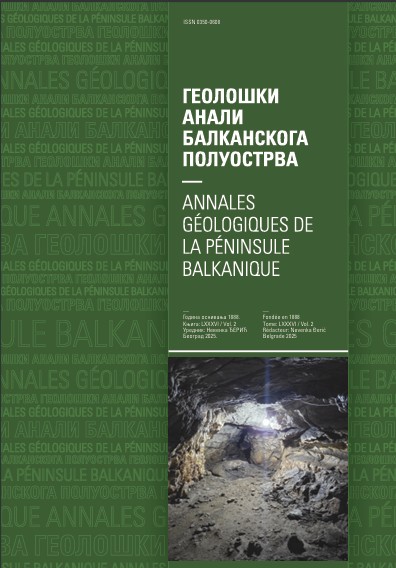Do major Neogene hiatuses in the Ciscaucasian semi-enclosed basin (Eastern Paratethys, southwestern Russia) record eustatic falls?
Abstract
Hiatuses in semi-enclosed basins can be caused by either eustatic falls or local tectonic uplifts. The Ciscaucasian basin is located in the south of European Russia. In the Neogene, it belonged to the Eastern Paratethys domain. On the basis of available stratigraphic data, four major hiatuses are traced in this basin as erosional surfaces or lengthy sedimentation breaks, namely the Tarkhanian, Middle/Upper Sarmatian, Sarmatian/Maeotian, and Kimmerian hiatuses. They are documented in most of the areas of the study basin. The three earlier hiatuses mark short-term and nearly isochronous, basinwide sedimentation breaks, whereas the latter hiatus is diachronous, embracing more than 2 myr. All reported hiatuses record the eustatic falls. Consequently, we argue that eustatic processes controlled sedimentation in the Ciscaucasian basin throughout the entire Neogene. This means the basin was connected to the open ocean throughout this period, with important consequences for our understanding of watermass history in the Mediterranean and Paratethyan basins further west and south.
Copyright (c) 2010 Geološki anali Balkanskoga poluostrva

This work is licensed under a Creative Commons Attribution 4.0 International License.










